The Beginner’s Guide to Cold Smoking
Disclosure: This post may contain affiliate links. If you use these links to buy something we may earn a commission at not additional cost to you. Learn more.
You’ve tried smoking your meat. Although you don’t feel like an expert, the results have been tasty. Cold smoking sounds like a good next step. There’s been a lot of hype about. Some of your friends who rave about it, but others warn you to stay away from it. What’s a person to do?
What is cold smoking? Cold smoking is a method of preserving food. Although it imparts flavor to whatever food you choose to smoke, hot smoking and grilling are faster ways to cook meat. The low temperatures used in cold smoking requires careful attention to the entire process. Otherwise, bacteria could grow, leading to a variety of illnesses. Still, there is a certain appeal to preserving food in a time-honored way.
There’s a lot to know about cold smoking before you get started, so if you’re still interested, let’s get started.
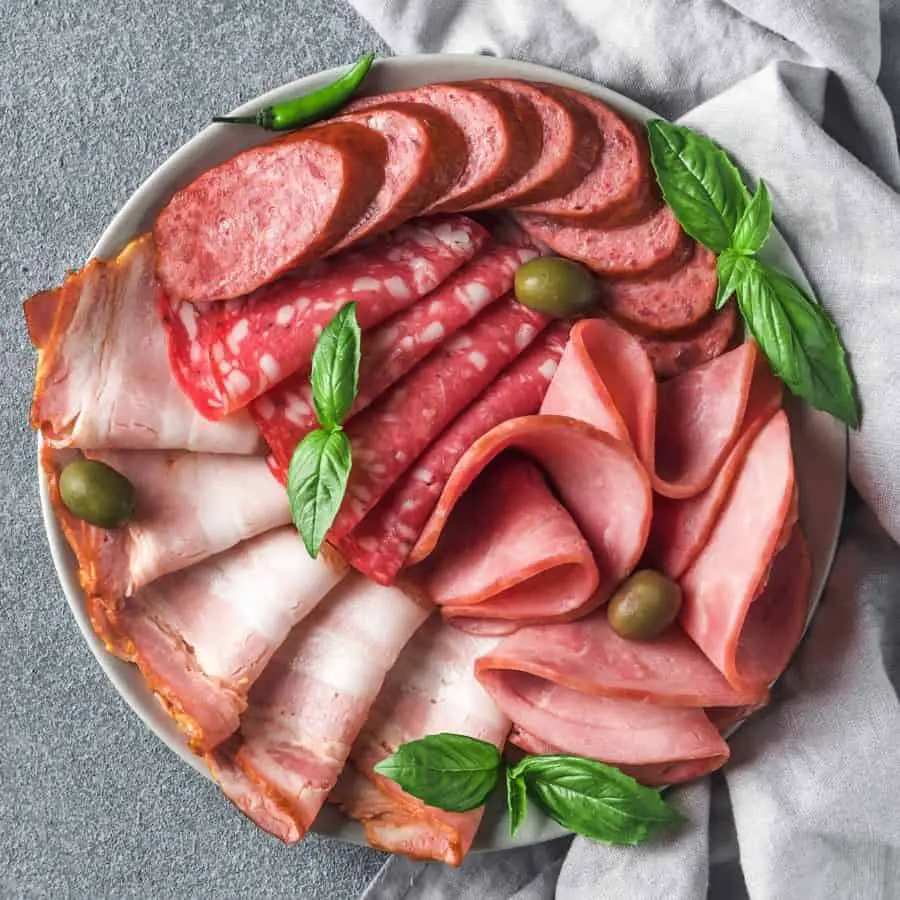
What is Cold Smoking?
Imagine being able to preserve food, especially beef, fish, and chicken, so that it can last for months. That’s what cold smoking accomplishes. Although a little bit of heat is involved, the process relies on the smoke created by low heat. Controlling the temperature is key to cold smoking. Unless you’re careful, bacteria that leads to botulism is a real possibility.
What is the Difference Between Hot and Cold Smoking?
Good question. The table below gives you a quick overview.
|
Cold Smoking |
Hot Smoking |
|
Used to preserve foods |
Used to cook foods for immediate consumption |
|
Temperature should not go above 80 degrees |
Temperature range is between 140 and 300 degrees |
|
Meat must be cured |
Curing not required |
|
Can take days to complete |
Usually finished in a day or less |
The purpose of hot smoking process is to cook the meat. Because the meat has not been soaked in brine, the temperature must reach above the danger zone of 140 degrees, with a top limit of 300 degrees Fahrenheit.
When you finish hot smoking meat, it is ready to eat. You can store it in the refrigerator for a few days, but why would you? After waiting a day for that chicken to be smoked, you’re ready to tear off a drumstick and get to work.
Chuck roast, ground chuck, flank steak, and lamb shoulder chops are a few more meats you can smoke, along with that Thanksgiving turkey or that Holiday Ham.
One last thing about hot smoking is that the hot smoked meat is cooked in the same chamber as the heat. This distinction will be important later.
What Is the Danger Zone?
In cooking, danger zone refers to the temperature range at which bacteria can easily enter your food and spoil it. That range is 40 to 140 degrees. That’s why a refrigerator should remain below 40.
Meat should be cooked to at least 165 degrees to kill any bacteria, which hot smoking does. Cold smoking keeps food in the cold zone. How is it possible to do that and not get something like botulism? Brining or curing—that’s how. You’ll learn more about that later.
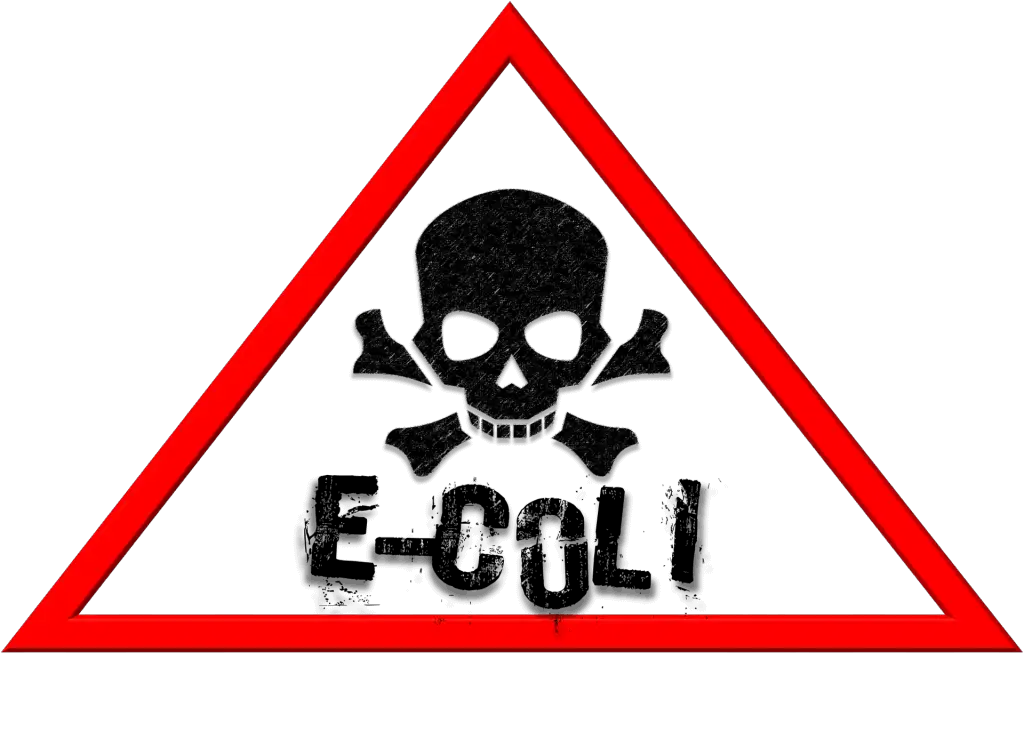
Is Cold Smoking Safe?
Yes and no. Cold smoking is a method that goes back thousands of years. Long before refrigeration, people preserved meat using this method. If the meat has been brined, the salt kills and prevents bacteria from spoiling your meat.
However, not everyone is a fan of cold smoking. Some argue that methods used in modern meat production allow for more dangerous bacteria to live on meats. The heat of both the smoker and the meat needs to be precisely controlled.
Cold smoking does require more attention and care as well as a special smoker. If you’re willing to invest the time, you would be using a method that has been around for thousands of years.
What Kind of Foods Can I Cold Smoke?
Don’t limit yourself to thinking you can only cold smoke meat. Some other foods include
- Cheese
- Fish
- Nuts
- Veggies
- Fruit
- Fish
- Even Tofu!
Remember the purpose of cold smoking is to preserve and add a smoky flavor. Although folks traditionally think about smoking and meat, there are many other options. But before you get recipes, you’re probably thinking about equipment. So, let’s start there.
What Do I Need to Cold Smoke?
Let’s start off with what you’re not going to be able to use—the smoker you used for hot smoking as it is. Remember that what you are smoking must be kept separate from the heat source. This means that a cold smoker needs to have two separate chambers.
Unfortunately, when you go looking for equipment for smoking food, almost all of it is geared towards the smoking of food that you intend to eat within a few days—hot smoking. Finding a smoker designed just for preserving, or cold smoking, food is almost impossible. When someone talks about a smoker, they are thinking about hot smoking. That’s why, if you own a smoker, you will need to modify it, or somehow get a separate smoke source.
You will also need a fuel source that will burn slowly, typically wood. It is important to choose a wood that will provide smoke but not resins.
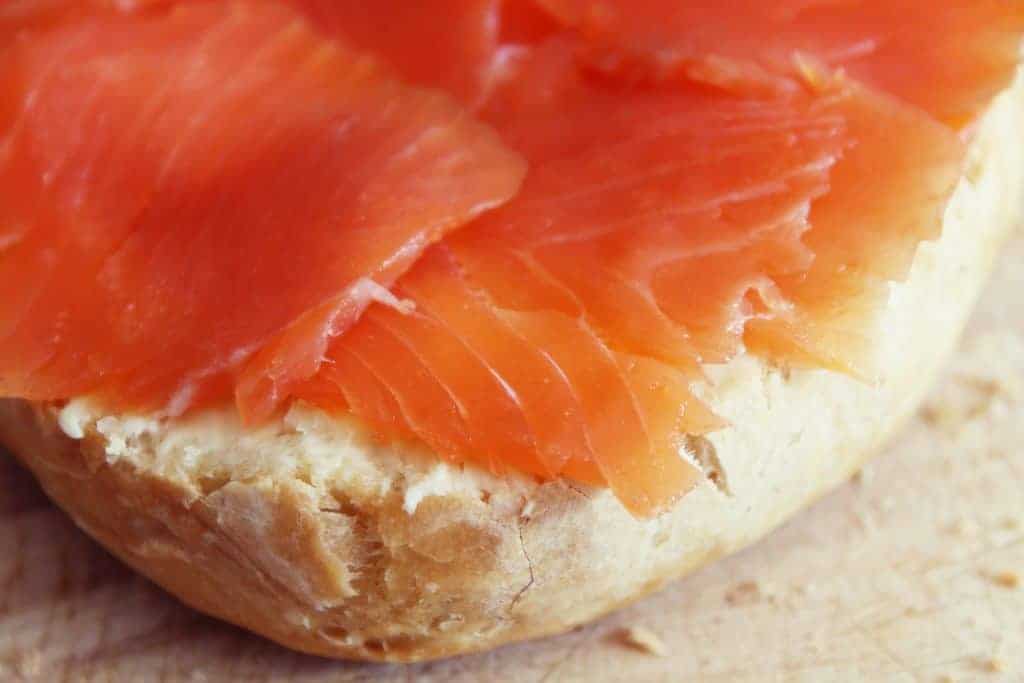
What Kind of Wood Should I Use?
What you shouldn’t use any evergreen wood that has resins. That’s because those resins will wind up in the smoke. When the resin-laced smoke settles on the meat, it will leave an unpleasant flavor.
Hardwoods are a better choice, and people often try different types to come up with a flavor they like. You might like trying some of these hardwoods, either individually or mixed together
- Cherry
- Apple
- Mesquite
- Beech
- Oak
People don’t use logs in this process. That’s because logs will provide more heat than you want if they burn hot. What you want is smoldering wood. All cold smoking experts recommend using either wood pellets or wood dust. You might be tempted to use wood chips—don’t. They will burn too hot, turning your cold smoked food into warm smoked food. And warm smoked food is cooked food, not preserved food.
Where Can I Get the Wood?
Let’s start with where you shouldn’t get your wood—a lumberyard. There are too many variables with the sourcing of the wood. You might wind up with wood that has been treated, or pine wood mixed in. And if you purchase wood that you know is oak, then you’re going to have to turn it into shavings yourself.
A local carpenter is a better source of wood than a lumberyard. You’re still going to have to be careful that you only get the kind of wood you want—softwood and fiberboard. A local woodworker who makes fine furniture might be your best bet if you want to go that route.
Most folks just buy the wood shavings they need. Make sure it meets specs for use in the preparation of food, such as The Sausage Maker Hickory Sawdust. Getting one that says it’s made for sausage making or cold smoking ensures the correct product.
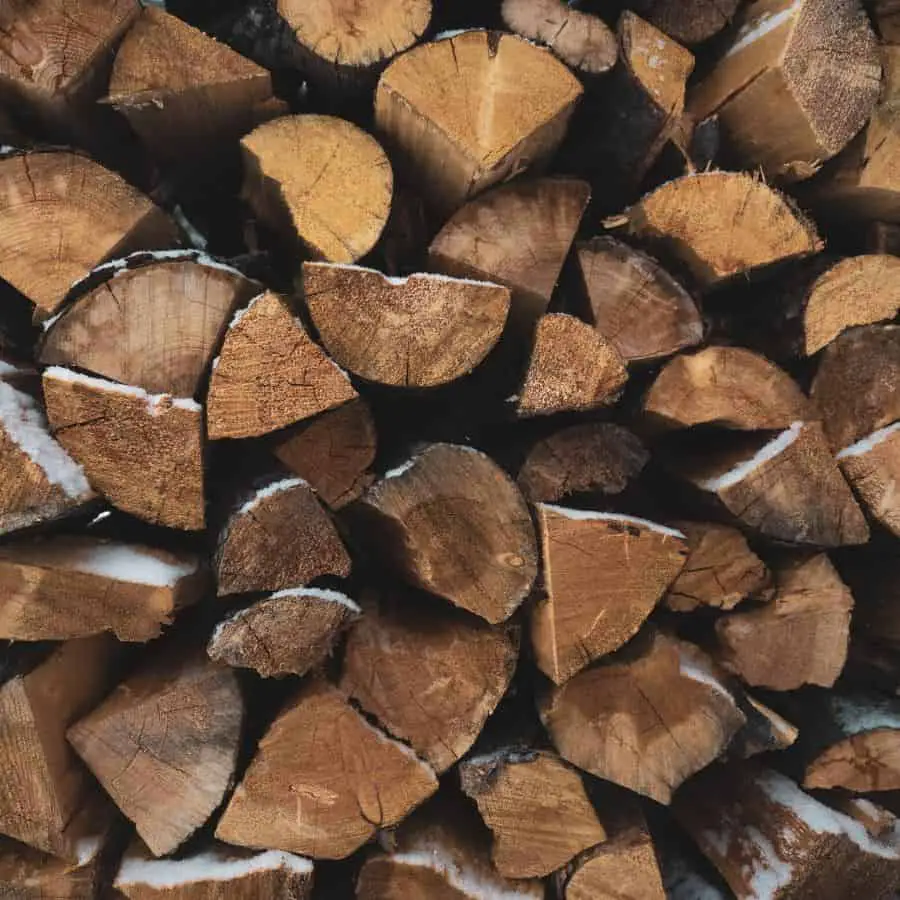
Can I Use Wood Pellets?
Some folks swear by wood pellets, which are made from hardwoods that have been finely ground, pressed, and then cut into small pellets. Wood pellets work well with cold smoking because they burn more slowly than chips or sawdust. This makes temperature control easier.
You want a brand without additives or fillers; otherwise, you will have problems with temperature consistency and flavor quality.
Is Charcoal a Good Choice?
Charcoal is designed to produce heat, not smoke, so using charcoal by itself will get you warm meat without any of the smoky flavor you are looking for. Some people use charcoal as a way to heat the wood—by combining 3 charcoal briquettes and 2 cups of wood chips on top.
What About the Smoker?
You had to ask, didn’t you? It would be nice if the smoker existed. You’d buy it and be ready to get started. However, it’s not that simple. Remember—most smokers are designed for adding smoke to meat that will be eaten right away, not to add smoke to brined meat that can last for much longer—weeks, if not months.
These smokers typically have a heat source, one chamber for the food, and then vents to let out excess smoke. You will need two chambers. Let’s talk about a few smokers that can be modified.
Bullet Smokers
These smokers resemble R2D2. Many folks like that they are the size of a typical grill, unlike other smokers. They are easier to operate than other smokers, so often these are recommended as a good beginning model.
- The top is the chamber is for the meat. Wire grates hold your food, and a dome-shaped lid holds in heat and smoke
- The middle is the water chamber, which is used to provide moisture. An access-door allows you to add water or wood
- The base is the firebox. Think of it as a metal bowl with legs that holds the wood or charcoal you plan to use.
Bullet smokers use vents that allow you to control the temperature. Here’s a claim for a standard model:
“When the vents and cooking temperatures are properly adjusted, a bullet smoker can hold a steady 225ºF–250ºF for hours on endâ€
This claim shows the limitations of a bullet smoker for cold smoking, which requires temperatures not go above 80 degrees. So, can this kind be used? Yes, with modifications.
What you will need to do is to generate smoke from another source and then pipe that smoke into the chamber of the bullet smoker. If you are a DYI-type person, then follow this link to see an example of how someone converted a bullet smoker. This YouTube video shows you another FYI project that uses a small Weber charcoal grill.
Electric Smokers
These are another option to look in to, especially if you are a beginner. They have several advantages as well
- Ease of use
- Built in thermostat and timer
- Flexibility in placement because of their size and lack of smoke (we’ll get to that in a minute)
- Constant supervision is not needed because there’s no fire (we’ll get to that in a minute also)
However, you’re going to have to modify this type of smoker also. After all, what is smoked meat if it’s not smoked. Luckily, some models, such as this Bradley smoker have adapters like this one–Cold Smoker adapter.
At least with electric smokers, you won’t have to go the DYI approach. However, two of the advantages of Electric smokers—placement and supervision—are no longer available.
For more information, I recently posted an article discussing the different types of smokers. You should check it out.
It’s All in the Adapter
Because finding a dedicated cold smoker is nearly impossible, most people opt to use some type of adapter to bring smoke into the chamber where they will smoke their food. Let’s look at several of the more popular ones.
Electric powered smoke generators
These are designed to send smoke into your grill or smoker. They use wood pellets as a heat source. A single cup gives you up to 3 hours of smoke. A small heating element inside the generator keeps those pellets smoldering away, delivering smoke.
If you are planning to do a lot of cold-smoking, these might be a worthwhile investment, as long as you don’t mind
- Having to find a place to plug them in
- Being willing to modify what you have so the smoker delivers the smoke you need
The Big Kahuna
If you want something you don’t have to plug in, then this model might be for you. It’s essentially a small firebox that you mount to your smoker. An air hose lets the smoke from the hopper into your smoker. Here are some advantages of the Big Kahuna
- The air pump is adjustable, allowing you to control the amount of smoke that enters the chamber
- It is designed to work with both hot and cold smoking
- Won’t leak smoke
You will have to drill a hole into your smoker and find a place for the air pump.
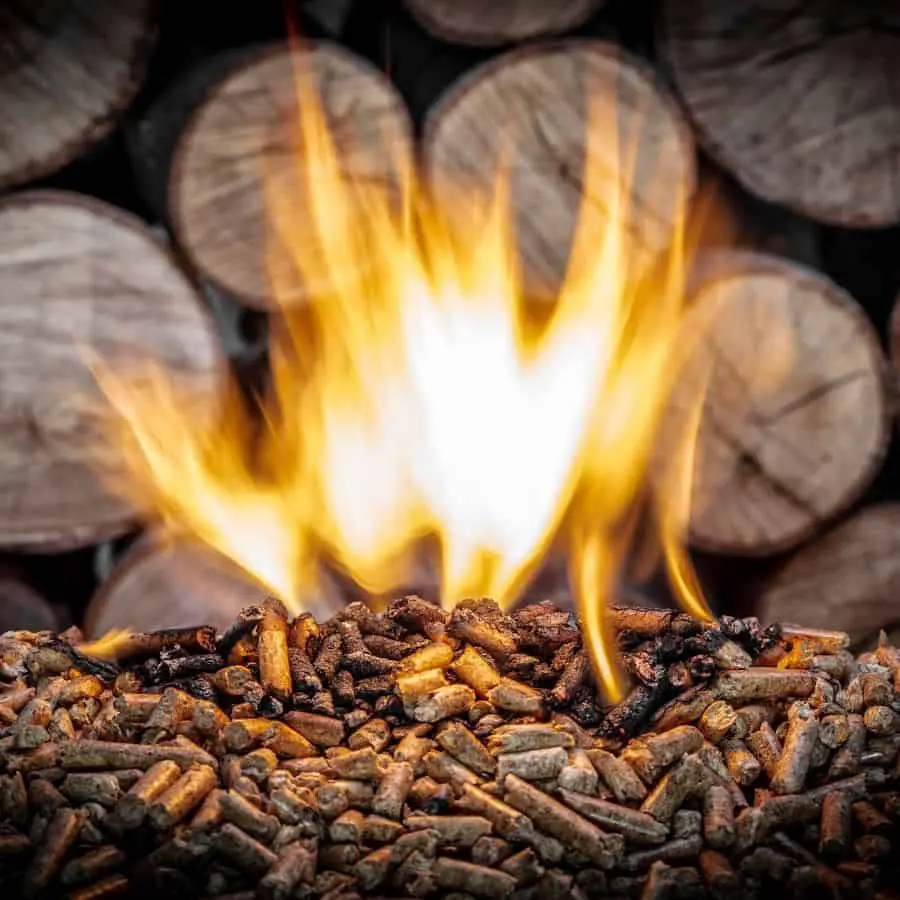
Smoker Tubes
They’re called tubes because that’s what they look like—a metal cylinder with air holes. After you put pellets into the tube, you place it in the smoke box, and light the pellets. That’s it—no mechanical parts, nothing to drill, no electricity needed. You probably won’t even have to read the manual (who does that anyway?)
Even though they are easy to use and convenient, you will probably not get the amount of smoke you want.
Maze Smokers
Similar to tube smokers, maze smokers are another system that generates smoke without any mechanical parts. The design of these smokers make them superior to smoker tubes. The better models look like a maze that a mouse would love to run through. You load them with sawdust and light one corner. The sawdust, being finer than pellets, will smolder much longer as the burning area meanders through the maze. The advantages of maze smokers are
- Smokes for up to 8 hours
- Lighting from both ends creates more smoke
- Can be used in any smoker, for both hot or cold smoking
Your sawdust must be dry throughout, and you will have to find high quality sawdust.
If you want an easy-to-use smoke generator, a maze smoker is a far better option because it generates smoke for a much longer time period and because you can light both ends to increase the amount of smoke.
Do I Need Anything Else?
An accurate thermometer is essential to cold smoking to ensure that your food turns out safe to eat. Some grills and smokers come with thermometers, but you will want to make sure they are accurate. Not all are.
Some people install their own thermometer, and the Dozyant is easy to read because of its 3 inch diameter. However, the lowest temperature it reads is 100, and you know by now that with a cold smoker, the temperature has to stay below the danger zone. And 100 is in the danger zone.
Digital thermometers are the latest thing. They are more accurate and allow you to test the temperature of the meat. Some even have Bluetooth technology, like this Inkbird.
How Will I Prepare My Food?
If you are planning on cold smoking meat or fish, you will need to cure it first. Without this step, you are sure to wind up with some nasty bacteria in your food. By preserving food in salt, or curing it, you are keeping bacteria at bay. The salt also expels water from the meat, and without water, bacteria don’t have much of an opportunity to grow. There are two types of curing methods—dry and wet. You can choose whichever you prefer, as long as you choose to use one.
|
Dry Curing |
Wet Curing |
|
|
You can easily find recipes for both dry and wet curing on the internet or in cookbooks such as Dry Aging Meat At Home
What Are the Basic Steps of Cold Smoking?
Here are some general guidelines
- Choose either a cool day, or a time of day that will be cooler, or someplace in your yard that will be cooler—or all three
- Be prepared to carefully monitor the heat
- Take meat from refrigerator to smoker. Letting it reach room temperature first means less time to smoke the meat before it reaches the danger zone
How Long Does Cold Smoked Meat Last?
Another good question that doesn’t have an easy answer. If you hear that smoked meat should be eaten within four or five days, then they are referring to hot smoked or cooked meat. Cured and dried meat lasts much longer. In addition, before you use the dried meat, it will need to be cooked.
You probably don’t want to wait half a year to eat your cold smoked ham, but it should definitely last one or two months. At the website askkaren, we found the following answer
“An uncooked, cut country ham can be refrigerated for 2-3 months or frozen for 1 monthâ€
How Do You Cold Smoke Bacon?
Who doesn’t love bacon? Some of us love it enough to put it on donuts!
Many folks swear by their homemade bacon. The process for cold smoking bacon is similar to other meats—cure, smoke, store, and cook. It’s easier to find ways to incorporate flavors into bacon than some other meats (think maple syrup). If you want to see how it’s done, here’s a great video.
How do you Cold Smoke Sausage?
Ideally, hanging your sausages in the smoking chamber will make for better air circulation. Drying the casings with a fan will remove additional moisture. You might want to experiment with how long you want to keep them in the smoke. Remember that you are not making a hard sausage like salami, so you will need to heat them using whatever method you prefer before eating them.
How Long Do You Cold Smoke Deer Sausage?
If you want to first smoke deer sausage, the recommended time is much longer–10 to 12 hours. If you did not cure the meat, then you will have to cook it within a day or two or freeze it for later.
How Do You Cold Smoke Cheese?
There’s nothing like a smoked cheddar or gouda cheese. Smoking your own cheese allows you to control the flavor of the cheese instead of relying on what the cheese manufacturer thinks is smoky.
Plus, there’s the cool factor of serving cheese you have personally smoked.
Temperature control is important again because once cheese melts—we know what happens then. You want to make the cheese melt when it’s between two slices of bread.
- You do want cheese to be at room temperature to avoid condensation
- Cut the cheese into smaller pieces. The smoke won’t penetrate the skin
- Monitor, monitor, monitor the temperature
- Turn the cheese frequently to keep the bottom from melting
- Avoid the temptation to eat it immediately. You will get better flavor if you wrap it tightly and refrigerate for several days
If you want to see a demonstration, here’s a good YouTube video. Be warned—if you like cheese, it will make your mouth water.
Smoking Tofu—Is That Even Possible?
Of course, it is. Tofu is like a sponge that takes on whatever flavor is nearby. Not only that but because tofu can be eaten raw, smoked tofu is one of the safest foods to smoke.
Tofu is a watery product, so you will want to squeeze as much water out of it as possible. A weighted plate will do the trick. You can also buy firm tofu, but even it will have excess water.
Once you have squeezed as much water out of it as you can (without breaking it) smoke it just like you do cold cheese.
It might seem that any type of smoking—hot or cold—and vegetarianism should never mix, there are a surprising number of non-meant foods that can be smoked, including water and even ice cream. This interview with cookbook author Steven Raichlen is fascinating.
What About Smoked Salmon?
You can find a ton of recipes on the internet for how to smoke salmon. Most of them will remind you that smoked salmon is not cooked and suggest ways to cook it.
A recipe that sounds extremely tasty is by the author interviewed about vegetarian cooking. Follow this link for his recipe for smoked salmon. Take a look at his website—you’ll find recipes from most major regions of the world, as well as discussions of all things related to smoking. If you are a foodie, you might even bookmark his page.
Are Smokehouses Cold Smoking?
Smokehouses have a long history. In the United States, smokehouses were being used before the Revolutionary War to preserve meat. And they did it the same way we do cold smoking—by providing smoke in a space that kept food preserved. Animals that were slaughtered in the fall would be cured in salt and then hung from meat hooks. A small fire on the floor or in a wash pot would create the necessary smoke to preserve the meat.
Smokehouses could be built with logs although typically they were made out of frame construction. A stone or brick barrier was needed to keep out rats, and the walls and roof needed extra support due to the extra weight of curing hams or other animals.
Final Thoughts
Although it requires more work than what most people think of as smoking, cold smoking as a way of preserving food is both challenging and rewarding. When you consider that people used to keep the doors to their houses unlocked but made sure their smokehouses were secured with padlocks, you are keeping alive a method of preserving food that was once essential for preserving food.
Cold smoking is another example of that adage that something old is new again.







